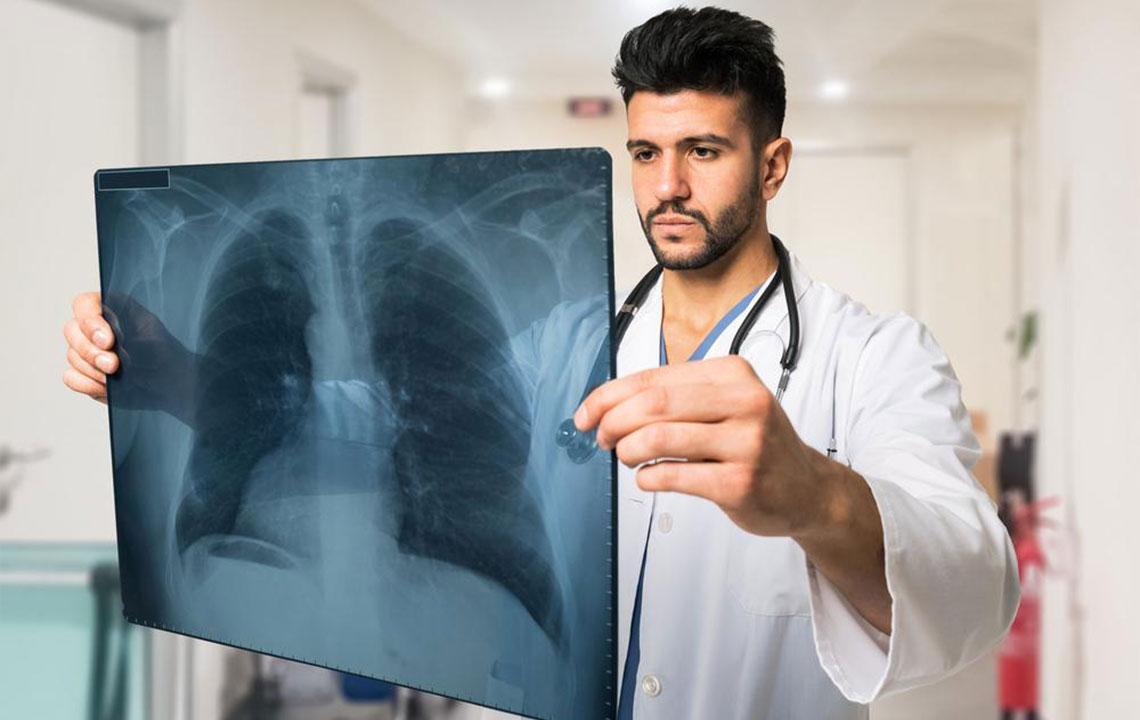Comprehensive Guide to Managing HER2-Positive Breast Cancer
This comprehensive guide offers an overview of managing HER2-positive breast cancer, including diagnostic procedures, treatment options like surgery, radiation, chemotherapy, and targeted therapies such as trastuzumab and pertuzumab. It emphasizes personalized treatment plans, ongoing monitoring, and the importance of professional medical guidance to improve outcomes. The article aims to inform patients and caregivers about effective strategies to combat this aggressive cancer subtype, highlighting recent advancements in targeted treatment options for better survival rates.

Comprehensive Guide to Managing HER2-Positive Breast Cancer
Breast cancer originates in the cells of the breast tissue and remains one of the most prevalent cancers among women worldwide. Identifying the specific type of breast cancer early is crucial for effective treatment. Diagnostic procedures often include a biopsy to detect hormone receptors, such as estrogen and progesterone receptors, as well as the presence of HER2 proteins, which influence treatment strategies.
These receptors are not only markers of disease but also contribute to its growth. Treatment plans for HER2-positive breast cancer depend on individual factors, including the tumor stage and overall health.
HER2 proteins, produced by the HER2 gene, normally regulate healthy cell growth and repair. When overproduced due to gene malfunction, they cause rapid and uncontrolled cell proliferation, leading to a more aggressive cancer form. Consequently, HER2-positive breast cancer often requires specialized treatment approaches.
Effective management includes a combination of therapies such as surgery, radiation, chemotherapy, and targeted medications. The selection depends on factors like tumor size, location, and patient health.
Surgical Intervention: Depending on tumor size and spread, options include lumpectomy or mastectomy, along with removal of affected lymph nodes.
Radiation Therapy: Administered before surgery to reduce tumor size or afterward to eliminate residual cancer cells.
Chemotherapy: Uses potent drugs to destroy cancer cells and is often combined with targeted therapies, especially for HER2-positive cases. When hormone receptors are also positive, hormone treatments may be incorporated.
Targeted Therapies for HER2-Positive Breast Cancer
Trastuzumab: Blocks HER2 receptors to inhibit cancer growth, significantly reducing recurrence rates and improving survival, often extending life expectancy by nearly a decade in early-stage cases.
Ado-trastuzumab emtansine: Combines trastuzumab with a chemotherapy agent to deliver targeted treatment directly to cancer cells, hindering their division.
Pertuzumab: Used in metastatic or preoperative settings to control tumor growth, especially in untreated or early-stage cases.
Lapatinib: Inhibits proteins responsible for unchecked cell growth, mainly for advanced disease cases.
Post-treatment monitoring involves regular evaluations for recurrence. While side effects often diminish over time, some may persist long-term. Understanding each treatment’s benefits and potential impacts is vital for optimal recovery and quality of life.










